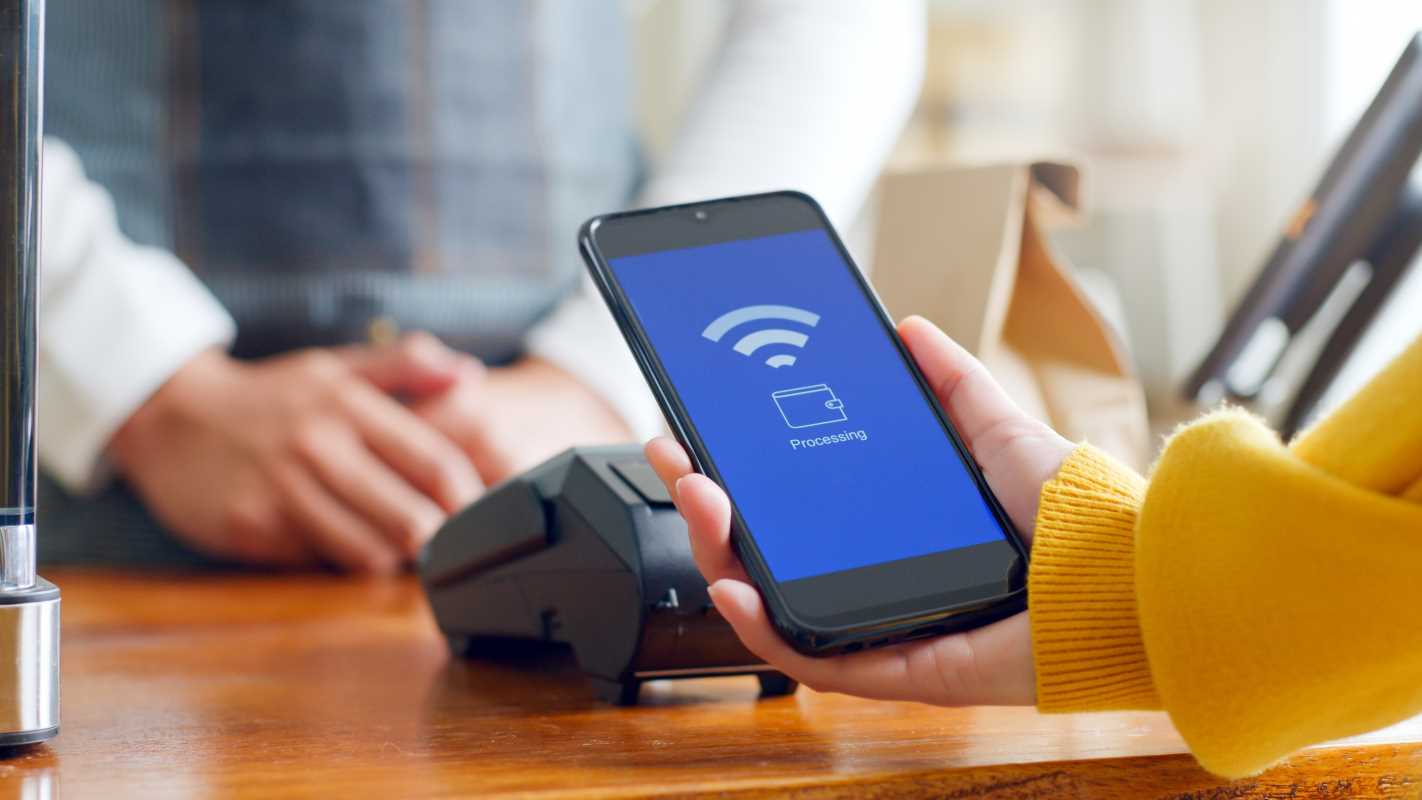Digital tools have revolutionized how we manage our money. Whether it’s paying for coffee with your phone, splitting a dinner bill through an app, or checking your bank balance with a few taps, convenience is at the core of modern financial transactions. However, while these tools make life easier, they also come with hidden costs that aren’t always immediately apparent. From fees to data privacy risks, the quest for convenience can carry a price we don’t fully understand until it’s too late. Here, we’ll explore what it truly costs to make our financial lives more convenient, and how you can use these tools without compromising your security, privacy, or spending habits.
The Hidden Fees of Convenience
Convenient financial tools often come with fees that sneak up on users. Payment apps, contactless transactions, and digital wallets frequently charge for certain services, and these costs can add up quickly.
Take mobile payment platforms, for example. Peer-to-peer apps like Venmo or PayPal may be free for simple transactions, but using a credit card or opting for instant transfers often comes with extra charges. Similarly, many buy-now-pay-later (BNPL) services, such as Klarna or Afterpay, pitch ease of payment but include late payment fees. Even banks with "free" accounts may charge for overdrafts, wire transfers, or transactions in foreign currencies.
What You Can Do:
- Read the fine print. Familiarize yourself with a tool’s fee structure before signing up. Many charges are avoidable if you know where they lurk.
- Opt for free service tiers. Some apps offer basic plans without fees, so consider whether premium features are worth the cost.
- Plan ahead. Use slower transfer speeds or debit cards instead of credit cards to avoid paying unnecessary fees where possible.
Data Privacy Concerns
Convenience often requires a tradeoff with privacy. Every time you use a mobile payment app, online banking tool, or financial technology (FinTech) service, you’re sharing sensitive data like account details, spending patterns, and personal information.
Companies monetize this data in various ways. For instance, some FinTech tools analyze your shopping habits to target you with ads or sell insights to third parties. While they claim to protect your financial information, even the most secure platforms are not immune to breaches. Data leaks or hacks can expose your accounts to fraud, costing not just money but peace of mind.
What You Can Do:
Limit access. Only share your financial information with reputable, well-secured apps or institutions.
Use strong passwords and multi-factor authentication. Bolster your defenses against data breaches by securing your accounts with tools like biometric logins or authentication codes.
Audit permissions. Regularly review and disable unnecessary access that apps have to your data or connected accounts.
Over-Reliance on Technology
There’s no denying that digital financial tools make life easier, but like any technology, they can encourage over-reliance. It’s all too easy to swipe, tap, or click without fully considering the implications. This “out of sight, out of mind” approach can make it harder to stay aware of your financial health.
For instance, automatic payments can help prevent late fees, but they might also lead you to forget what you’re spending on subscriptions or recurring charges. Similarly, the ease of contactless payments might tempt you to overspend, as the physical barrier of handling cash disappears. When it feels effortless to spend, small transactions can snowball into significant expenses.
What You Can Do:
Track your spending. Use budgeting tools or apps to monitor where your money is going, even for micro-transactions.
Review automatic payments. Routinely check what’s being deducted from your account to stay mindful of your subscriptions and recurring charges.
Set limits. Take advantage of features that cap your spending on payment apps or notify you when you exceed your budget.
Security Risks
While digital tools often tout robust encryption and fraud protection, no system is entirely foolproof. Hackers and scammers constantly evolve their tactics, exploiting vulnerabilities in mobile apps and financial platforms. Phishing attempts, fake apps, or compromised Wi-Fi networks are just some of the risks users face.
Losing access to your smartphone or experiencing a technical glitch can leave you temporarily unable to pay for necessities or access funds when you need them most.
What You Can Do:
- Use secure networks. Avoid conducting financial transactions over public or unsecured Wi-Fi.
- Stay vigilant. Never share sensitive information with unknown contacts or click links in unsolicited emails claiming to be from your financial institution.
- Have a backup plan. Keep a small amount of cash or a backup payment method handy for emergencies.
Finding Balance Between Convenience and Mindfulness
Convenience doesn’t have to come at the cost of security or financial wellness. By actively managing how you use digital financial tools, you can keep their benefits while shielding yourself from potential downsides. Here are some actionable tips to maintain balance:
- Set financial goals. Knowing what you’re saving or spending for makes it easier to resist the urge to splurge, even when spending feels seamless.
- Review your transactions monthly. Treat this like a financial health check-up. Look for unnecessary fees, forgotten subscriptions, or spending patterns that don’t align with your goals.
- Educate yourself. Stay informed about the latest trends in financial technology and how they may impact your privacy, fees, or overall spending habits.
- Be mindful of convenience traps. Just because something is easy doesn’t mean it’s in your best interest. Make thoughtful choices to avoid unnecessary costs, whether that’s opting for slower payment transfers or thinking twice before a tap-to-pay purchase.






